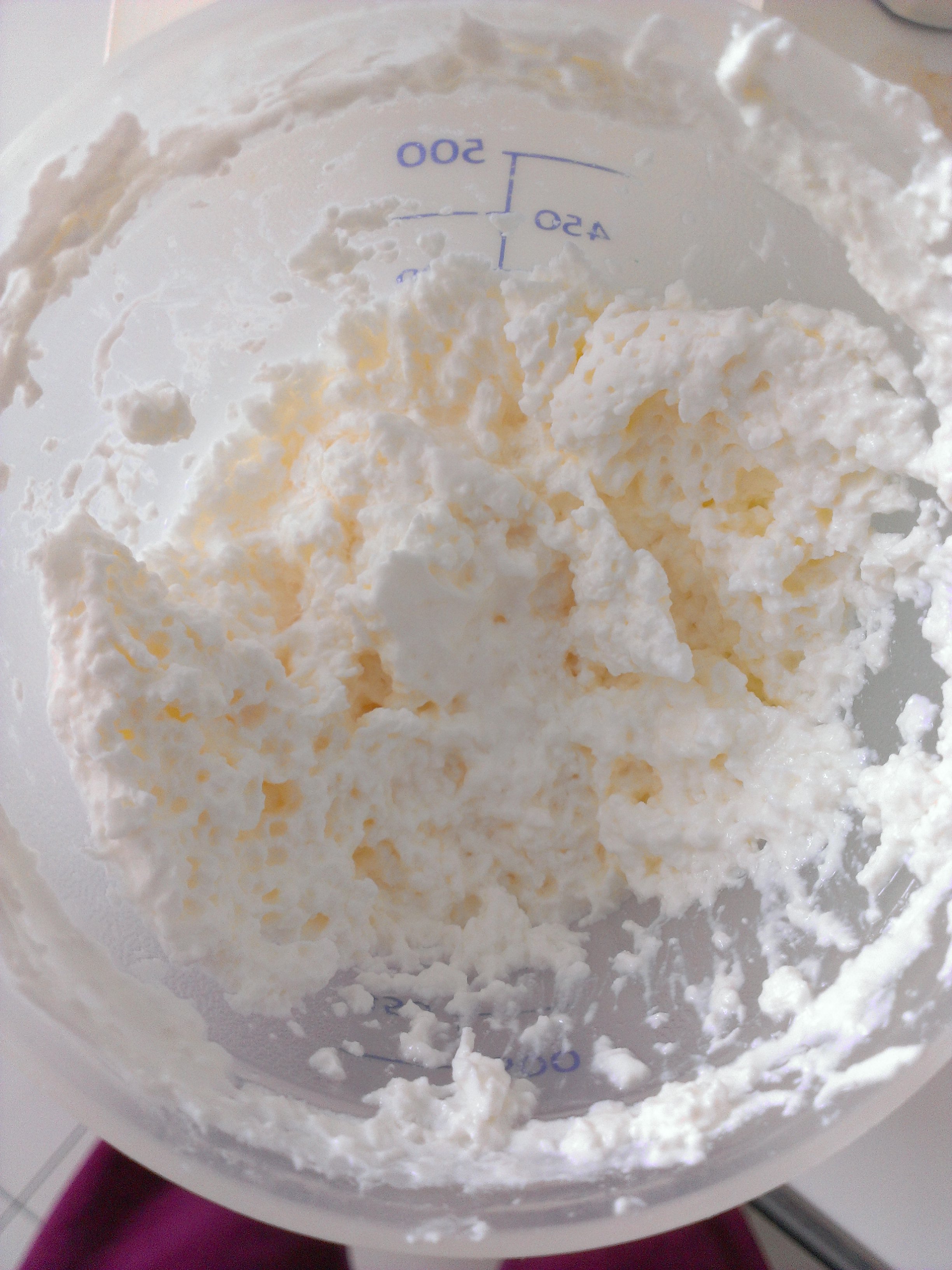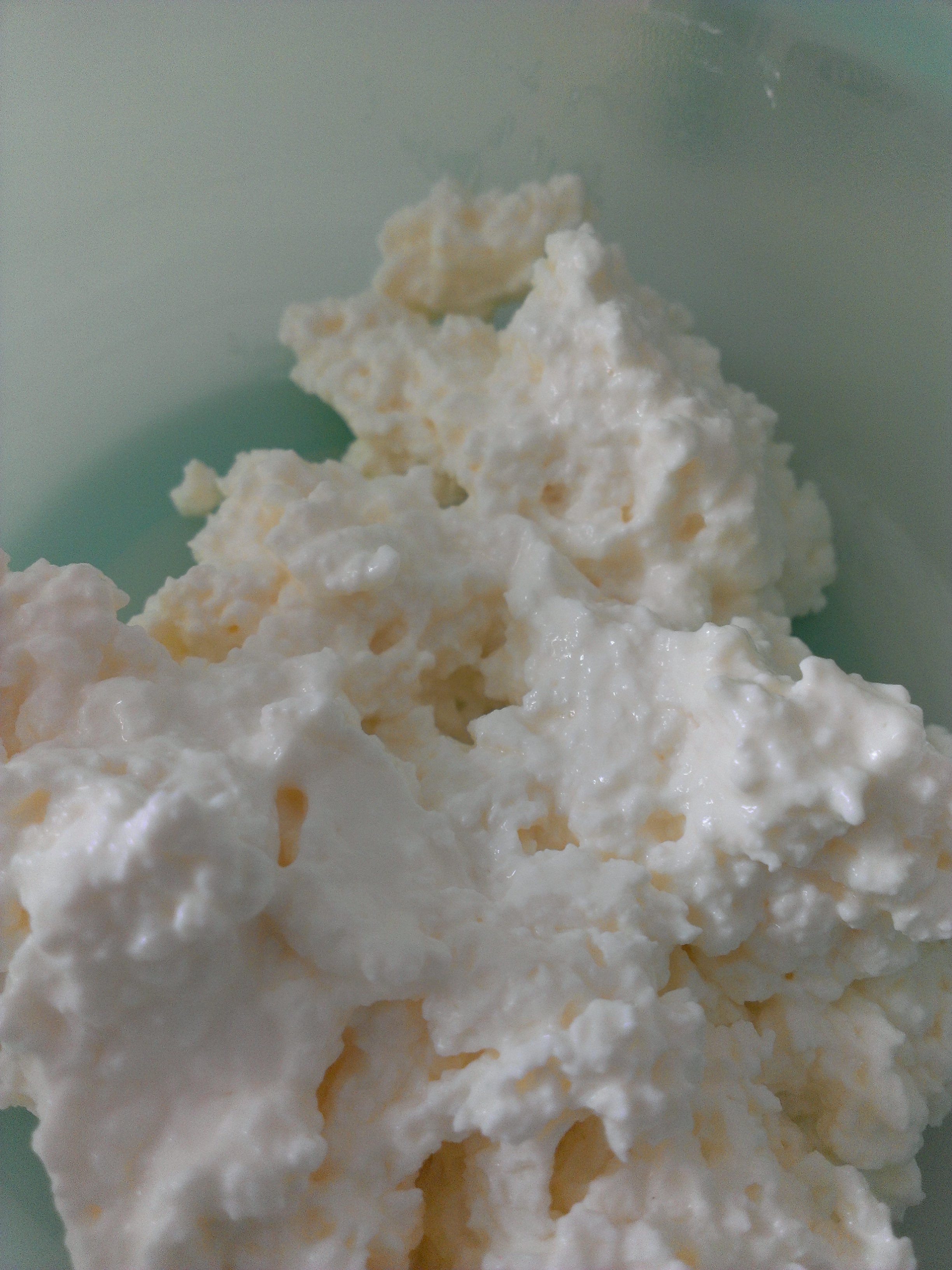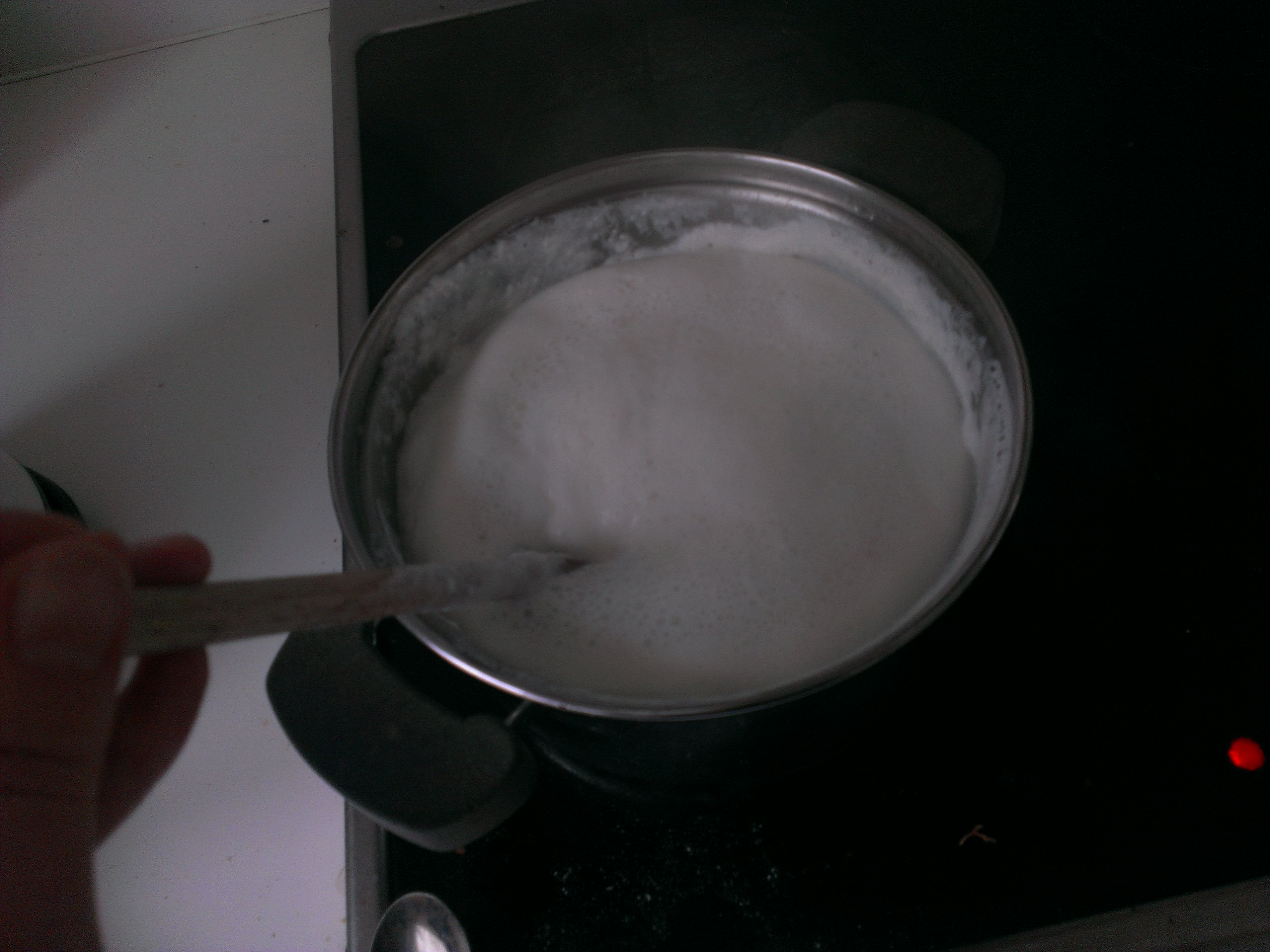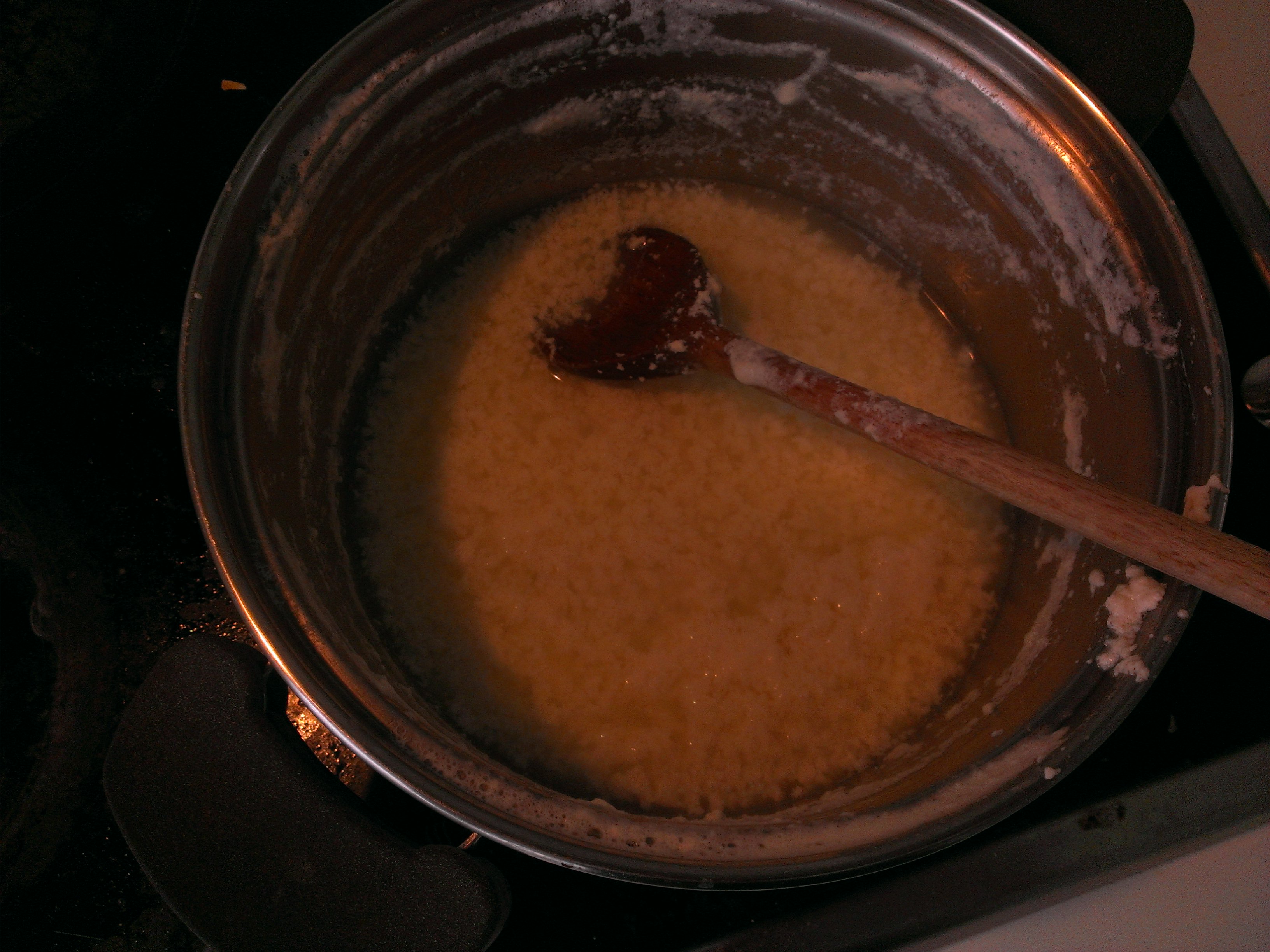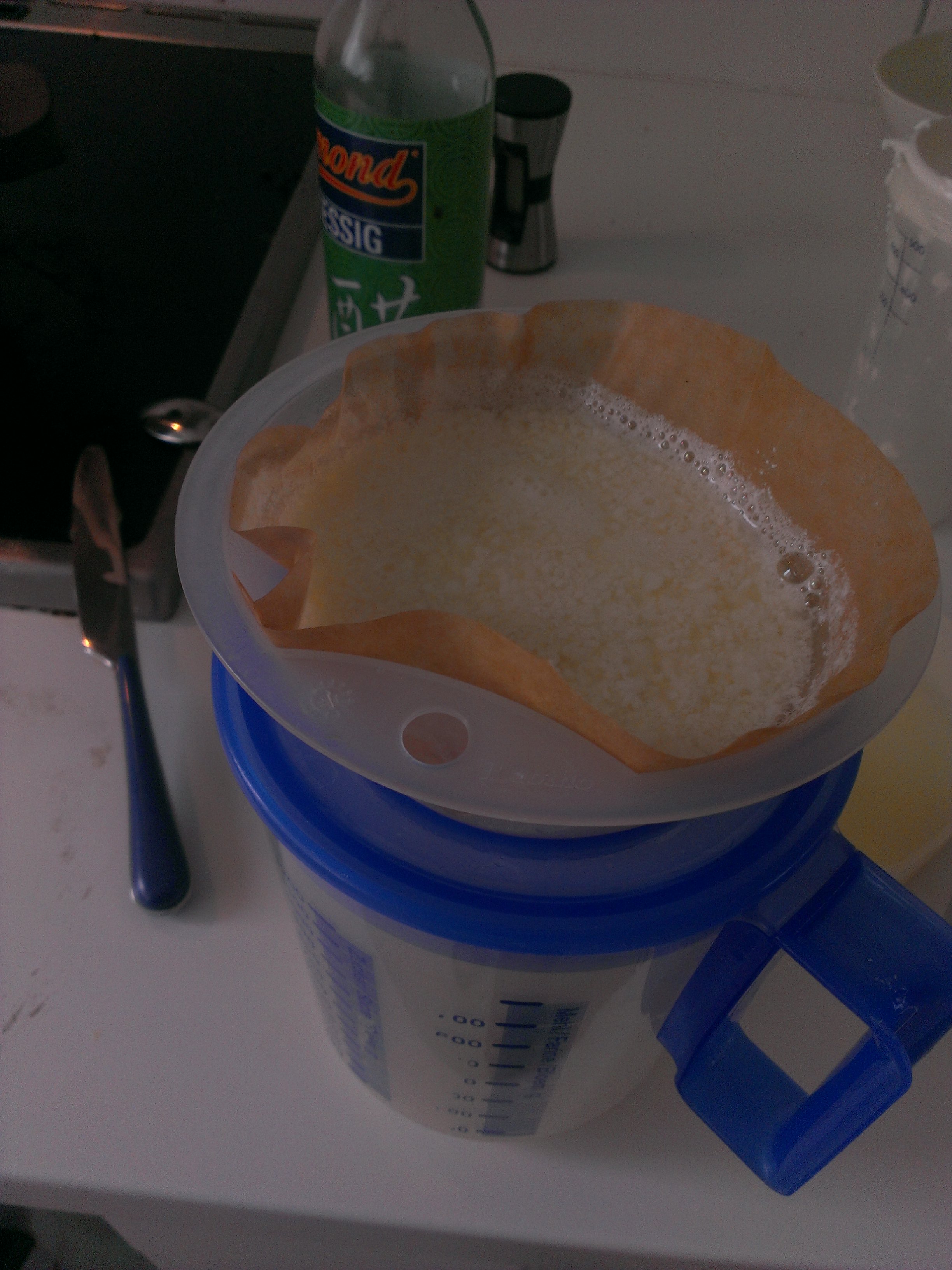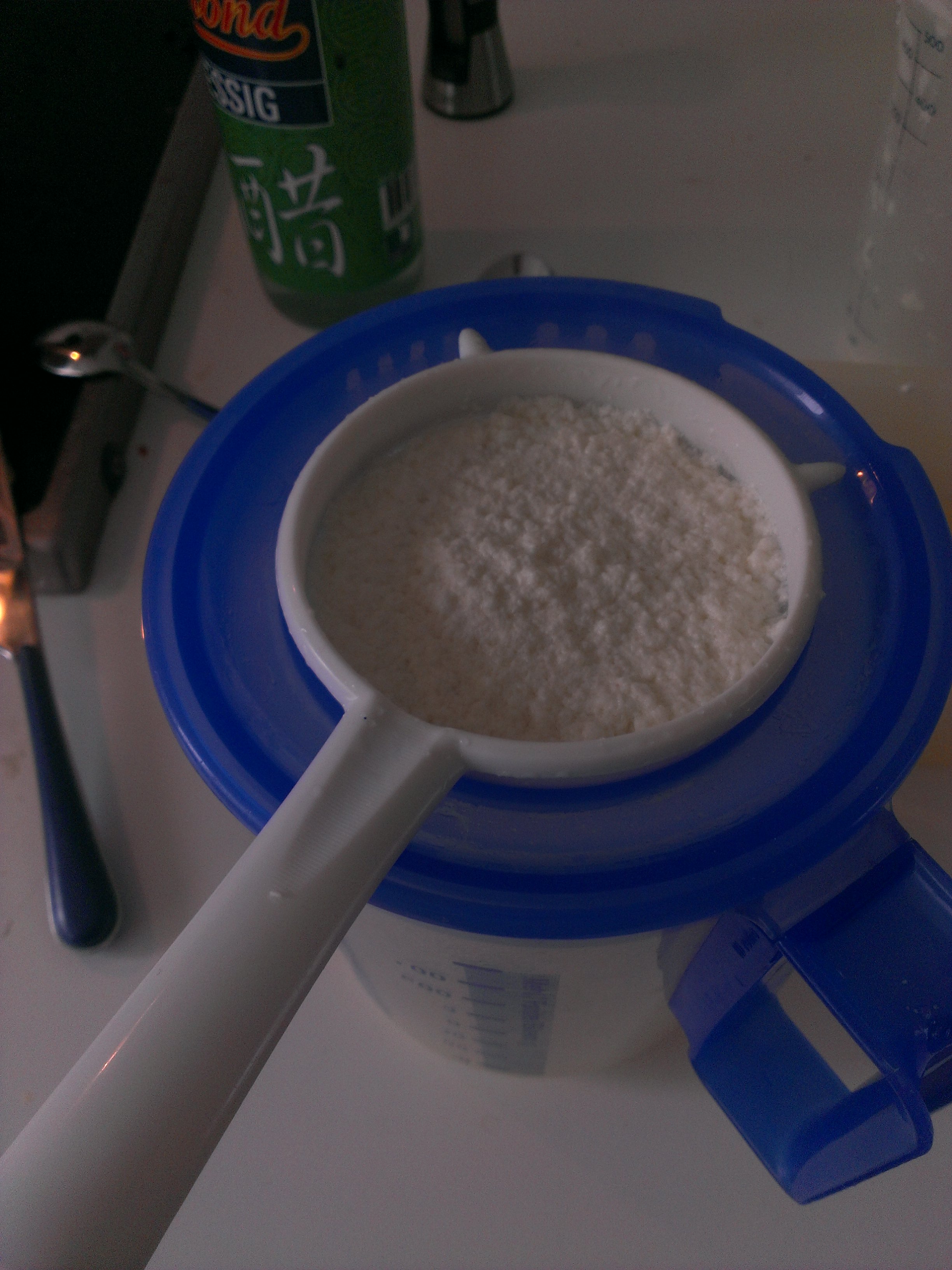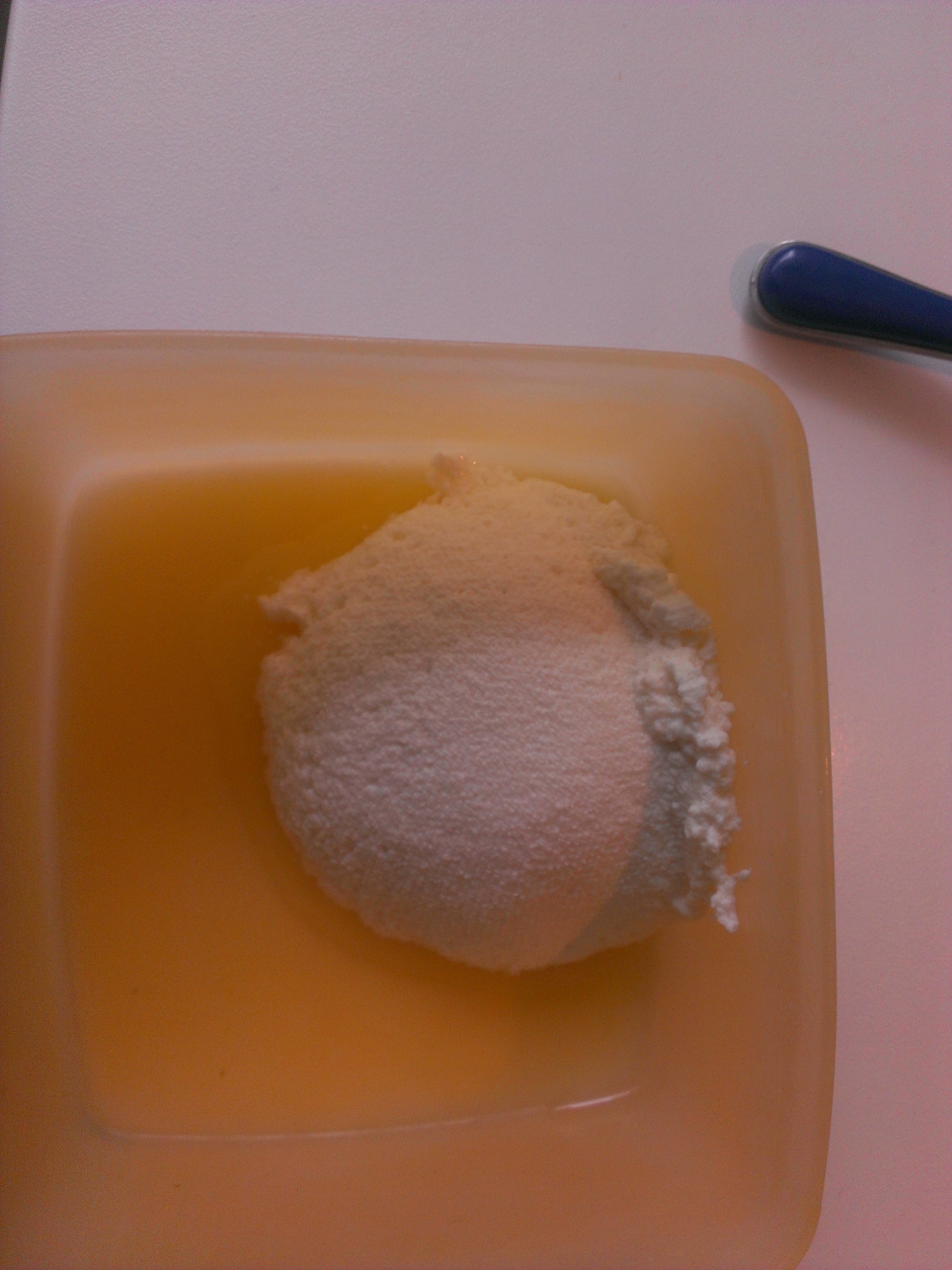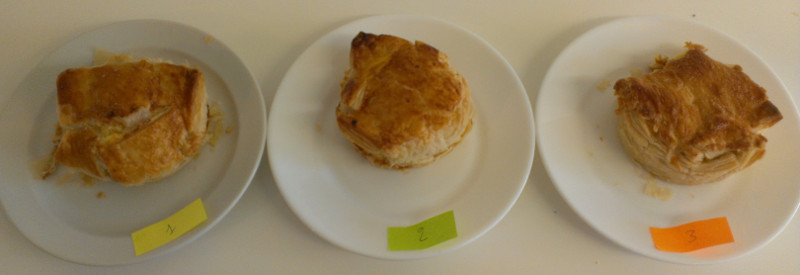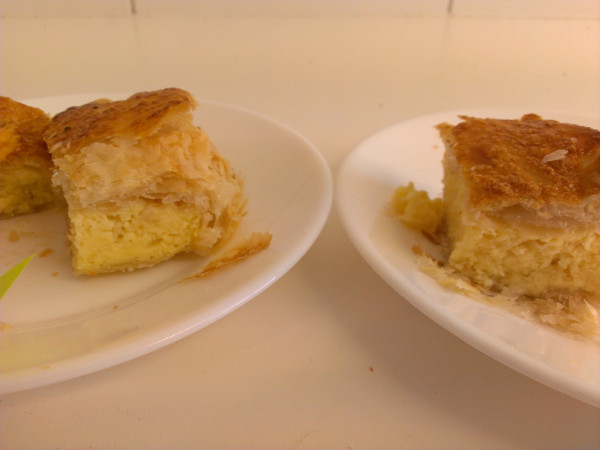Contents
Source
I bought my milk kefir grains from another grower. They were of very good quality.
Initial growing – lessons from a beginner
- Initially I had some trouble with kefir grains fermenting the milk too quickly. This turned out to be because I used too many grains. Using a ~2cm grain for about a liter of milk produced a tasty kefir in about 24-36 hours (at a room temperature of about 22°C).
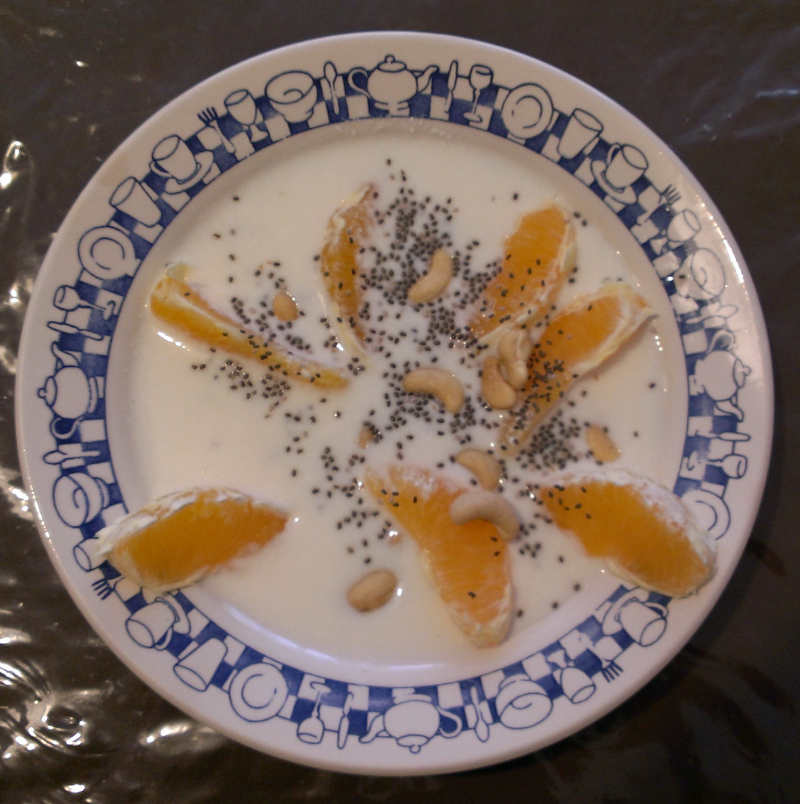
- About long term storage: I have occasionally stored milk kefir grains in the fridge for a 2-3 weeks in fresh milk, before taking them out and growing more. This has worked quite fine. Less ideally, when I had no choice, I have also stored milk kefir readily fermented with the grains in the fridge for about 2 weeks. After washing the grains with running water, they still looked clear/white (no yellow deposits on the grains) and they were thus transferred to milk for incubation.
- As kefir multiplies quickly, I have kept part in the fridge in low volumes of milk, which were regularly refreshed (usually every week). On occasion, I have also been lazy, leaving for up to 3 weeks in that state. The thick curd resulting from such ‘incubation’ was then washed away and the grains transferred to fresh milk. After storage for this amount of time, I have observed a orange/yellowy discolouration near the surface of the milk. This was removed after washing with water and the grains seemed to remain white and produced the usual tasty kefir.
Milk kefir as basis for a mini-pie
The Belgian town of Geraardsbergen and its adjacent towns are know for a delicious puff pastry pie that is prepared with a curd resulting from the solid phase of boiling milk after addition of butter milk. The curd is left overnight at room temperature and is used as the essence of the pie. The pie is called ‘Mattentaart’
I was wondering whether I could use a kefir based whey instead of buttermilk and so I set out to prepare three mini-pies:
- the hacked-traditional sample: called ‘hacked’ because I did not have access to the same type of buttermilk that they use in Belgium. Instead I added a mixture of vinegar (2 tablespoons)and milk (240ml) to boiling milk.
- the kefir whey sample: used kefir whey to separate the milk (240ml)
- the kefir curd sample: used kefir curd as direct basis for the pie (but with overnight incubation at room temperature)
For the kefir samples, I used kefir that had fermented for a little too long, resulting in 2 phases: a solid kefir curd phase and a liquid kefir whey phase
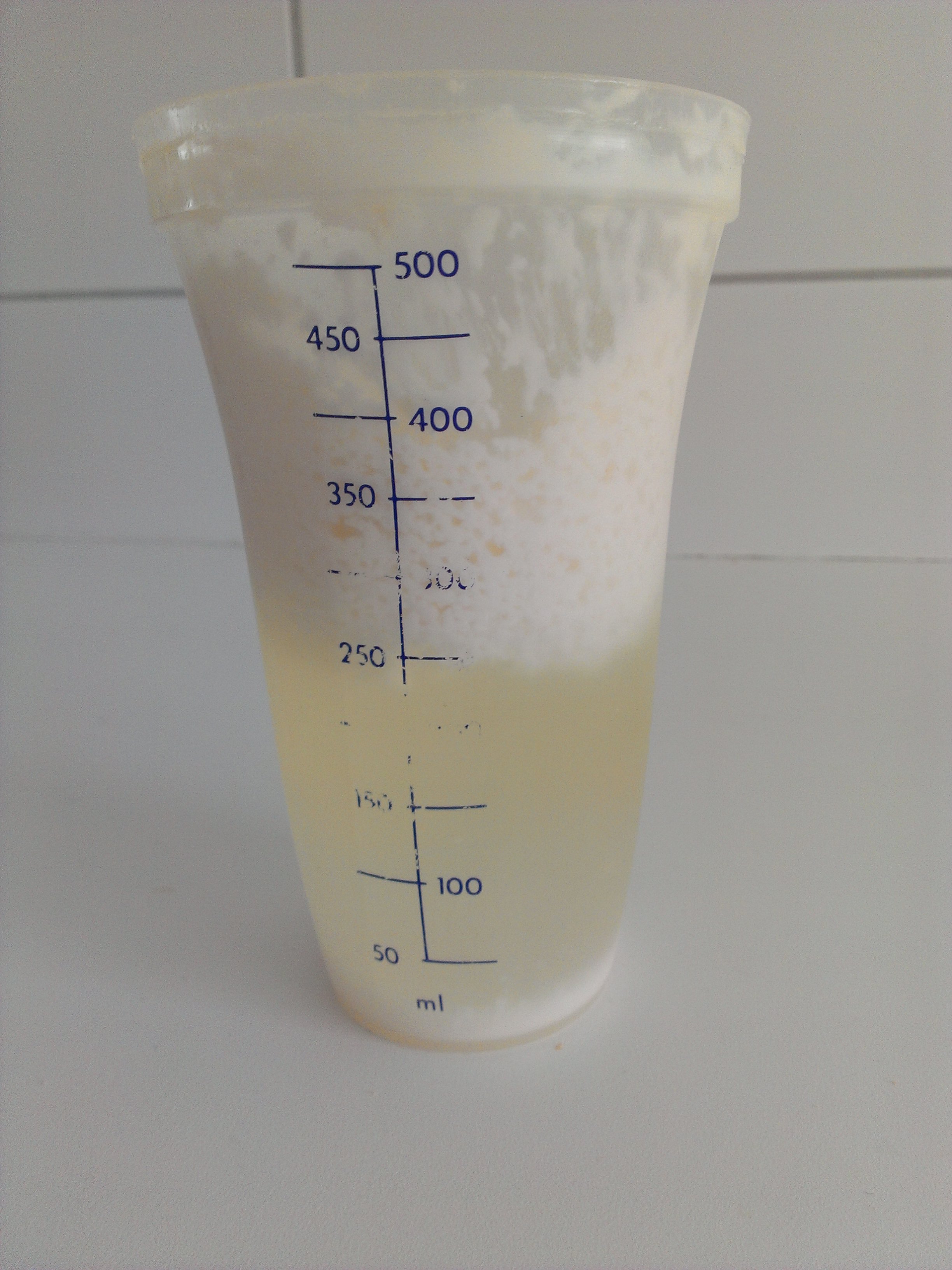
From up close the kefir curd looked something like this:
This kefir curd was tied up in a piece of cloth to dry overnight at room temperature (eventually called sample 3).
Time to boil the milk (460ml per sample) and add either ‘hacked butter milk’ or ‘kefir whey’ (240ml per sample). Addition of these fluids to the boiling milk (left) leads to dissociation (right pic) into a solid phase (curd) and a liquid phase (which will be discarded).
Straining the whole through a coffee filter did not work well (left), but a plastic sieve (middle) was just about right , resulting in a nicely compact curd (right)
Drying of each of the three curds occurred overnight at room temperature in a piece of kitchen cloth. The amount of curd was weighed for each of the three samples. The wet weight was 201g , 117g and 191g
The next day the curd was processed into pie filling and the pastry dough (66.6g per pie) was formed around the filling (per sample: 1 egg, 47g sugar, 16g grated almonds).
Behold the resulting three pies:
The inside of the pies looked like this:
Overall the first 2 pies (hacked and kefir whey) were quite good, with only a very slight difference between them. The Kefir curd sample had a strong cheesy taste, which might be palatable for some, though it tasted quite different from the original mattentaart..
A Yummy Milk Kefir – Strawberry Smoothie
I had about 1L of milk kefir for which I did not have any use, so decided to pimp it with some strawberries (about 500g) and (2-3) fresh home grown organic peaches.
Purpose: to share it/give it away 🙂
It became about 1.5L of Loveliness, simply beyond expectations.. (just FYI: I did not have any :))
But nonetheless, well-worth giving it a shot (if you have any of the ingredients lying around :))
Pang .
Kefir Hummus
I’ve tried a couple of shots at making a decent fermented Hummus batches, and I think I arrived at the perfect hummus for me.
As a basis I used the recipe from “The vegetarian kitchen” by Linda Fraser, which calls for tahin, chickpeas, olive oil, lemon and garlic. I omitted the lemon and fermented the chickpeas with kefir for 24 hours, then spiced it up with tahin, olive oil and salt ‘n pepper.. Extremely Yummy !
